Shiyao Ma
Federated Learning over a Wireless Network: Distributed User Selection through Random Access
Jul 07, 2023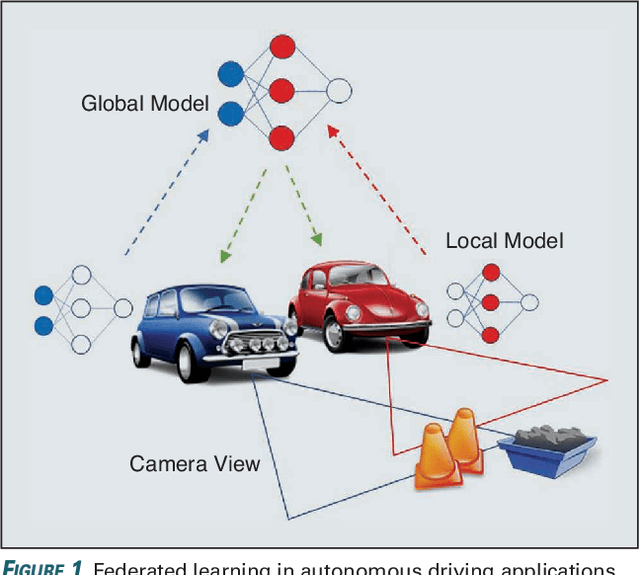
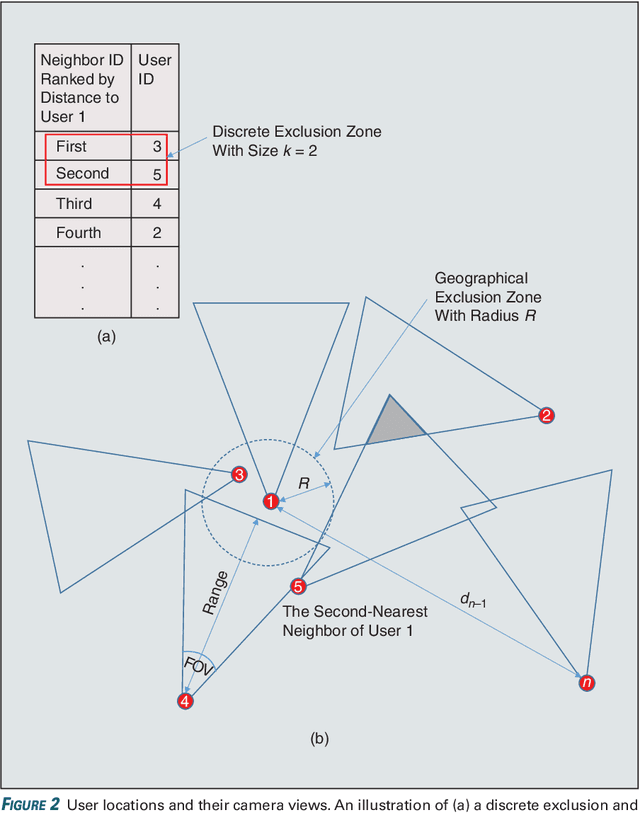
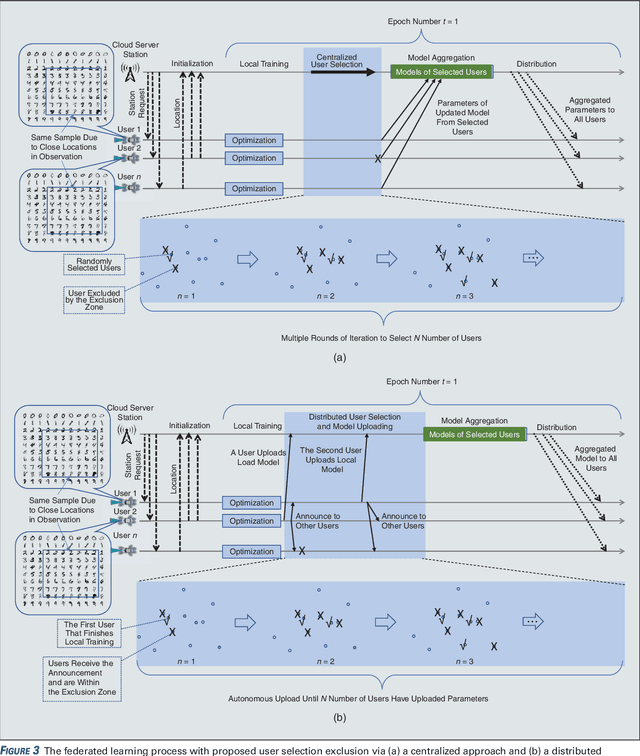
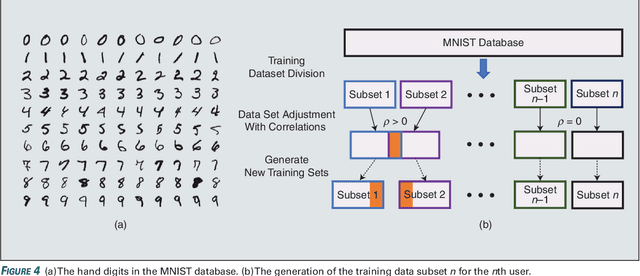
Abstract:User selection has become crucial for decreasing the communication costs of federated learning (FL) over wireless networks. However, centralized user selection causes additional system complexity. This study proposes a network intrinsic approach of distributed user selection that leverages the radio resource competition mechanism in random access. Taking the carrier sensing multiple access (CSMA) mechanism as an example of random access, we manipulate the contention window (CW) size to prioritize certain users for obtaining radio resources in each round of training. Training data bias is used as a target scenario for FL with user selection. Prioritization is based on the distance between the newly trained local model and the global model of the previous round. To avoid excessive contribution by certain users, a counting mechanism is used to ensure fairness. Simulations with various datasets demonstrate that this method can rapidly achieve convergence similar to that of the centralized user selection approach.
Personalized Saliency in Task-Oriented Semantic Communications: Image Transmission and Performance Analysis
Sep 25, 2022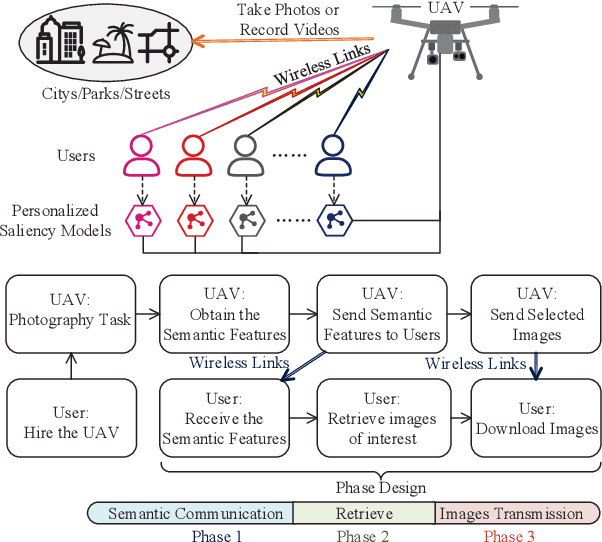
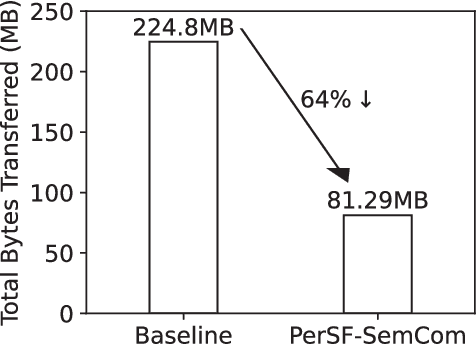
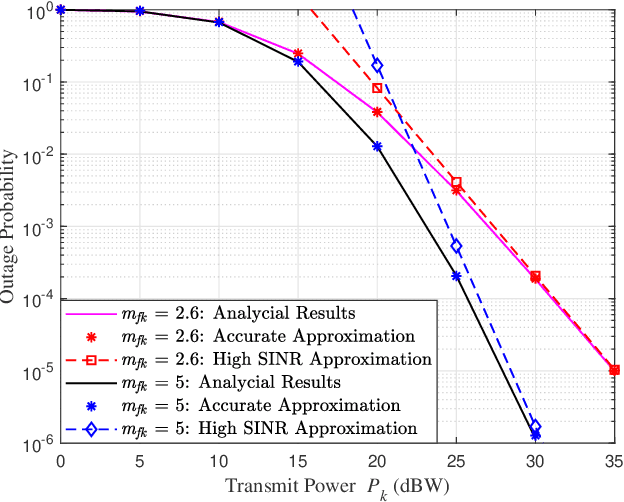
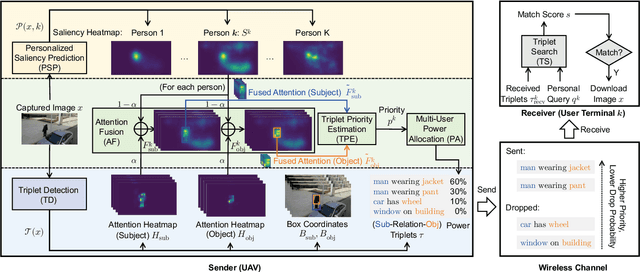
Abstract:Semantic communication, as a promising technology, has emerged to break through the Shannon limit, which is envisioned as the key enabler and fundamental paradigm for future 6G networks and applications, e.g., smart healthcare. In this paper, we focus on UAV image-sensing-driven task-oriented semantic communications scenarios. The majority of existing work has focused on designing advanced algorithms for high-performance semantic communication. However, the challenges, such as energy-hungry and efficiency-limited image retrieval manner, and semantic encoding without considering user personality, have not been explored yet. These challenges have hindered the widespread adoption of semantic communication. To address the above challenges, at the semantic level, we first design an energy-efficient task-oriented semantic communication framework with a triple-based {\color{black}scene graph} for image information. We then design a new personalized semantic encoder based on user interests to meet the requirements of personalized saliency. Moreover, at the communication level, we study the effects of dynamic wireless fading channels on semantic transmission mathematically and thus design an optimal multi-user resource allocation scheme by using game theory. Numerical results based on real-world datasets clearly indicate that the proposed framework and schemes significantly enhance the personalization and anti-interference performance of semantic communication, and are also efficient to improve the communication quality of semantic communication services.
Robust Semi-supervised Federated Learning for Images Automatic Recognition in Internet of Drones
Jan 03, 2022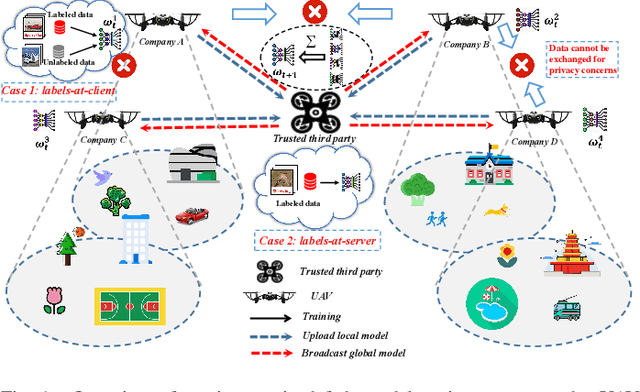
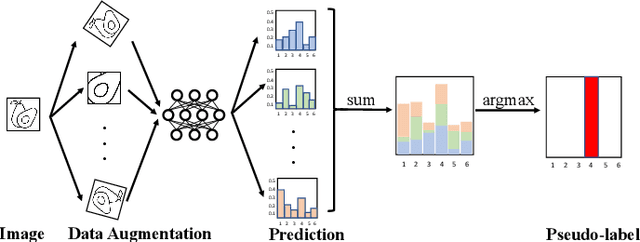
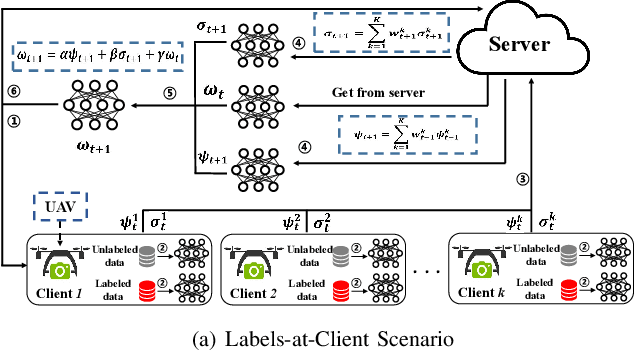
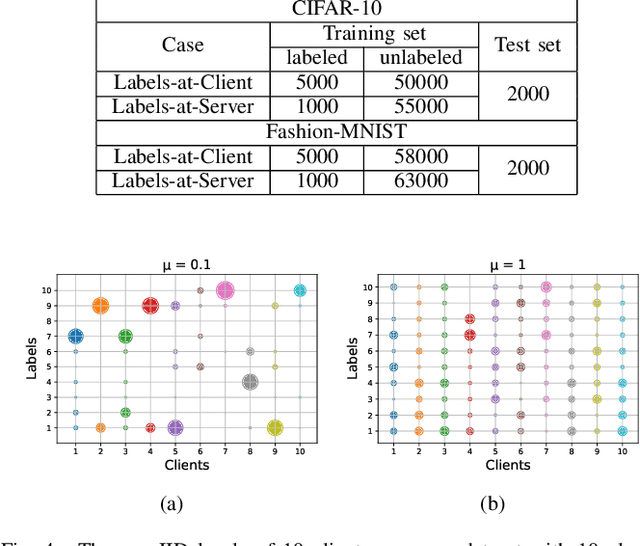
Abstract:Air access networks have been recognized as a significant driver of various Internet of Things (IoT) services and applications. In particular, the aerial computing network infrastructure centered on the Internet of Drones has set off a new revolution in automatic image recognition. This emerging technology relies on sharing ground truth labeled data between Unmanned Aerial Vehicle (UAV) swarms to train a high-quality automatic image recognition model. However, such an approach will bring data privacy and data availability challenges. To address these issues, we first present a Semi-supervised Federated Learning (SSFL) framework for privacy-preserving UAV image recognition. Specifically, we propose model parameters mixing strategy to improve the naive combination of FL and semi-supervised learning methods under two realistic scenarios (labels-at-client and labels-at-server), which is referred to as Federated Mixing (FedMix). Furthermore, there are significant differences in the number, features, and distribution of local data collected by UAVs using different camera modules in different environments, i.e., statistical heterogeneity. To alleviate the statistical heterogeneity problem, we propose an aggregation rule based on the frequency of the client's participation in training, namely the FedFreq aggregation rule, which can adjust the weight of the corresponding local model according to its frequency. Numerical results demonstrate that the performance of our proposed method is significantly better than those of the current baseline and is robust to different non-IID levels of client data.
Semi-Supervised Federated Learning with non-IID Data: Algorithm and System Design
Oct 26, 2021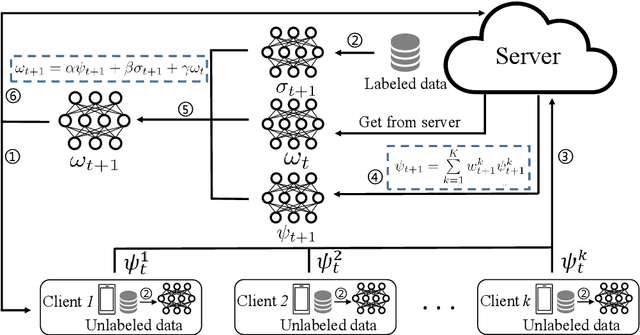
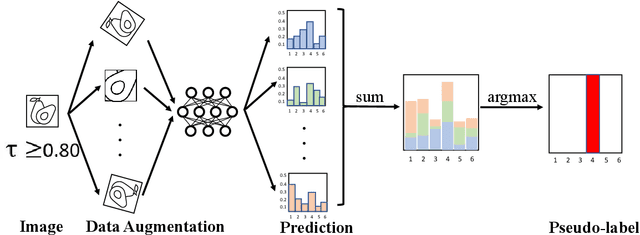
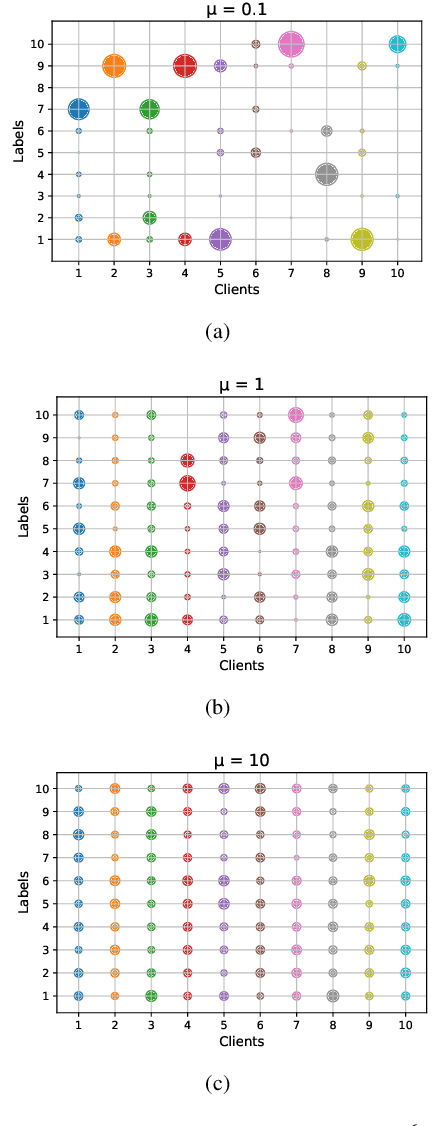
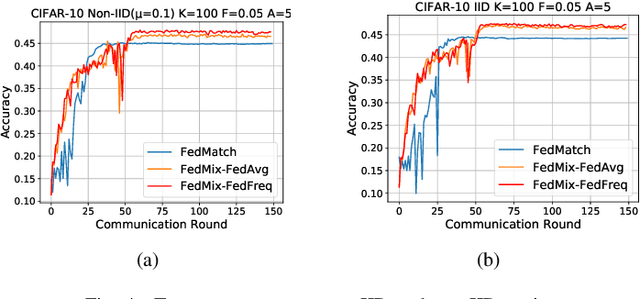
Abstract:Federated Learning (FL) allows edge devices (or clients) to keep data locally while simultaneously training a shared high-quality global model. However, current research is generally based on an assumption that the training data of local clients have ground-truth. Furthermore, FL faces the challenge of statistical heterogeneity, i.e., the distribution of the client's local training data is non-independent identically distributed (non-IID). In this paper, we present a robust semi-supervised FL system design, where the system aims to solve the problem of data availability and non-IID in FL. In particular, this paper focuses on studying the labels-at-server scenario where there is only a limited amount of labeled data on the server and only unlabeled data on the clients. In our system design, we propose a novel method to tackle the problems, which we refer to as Federated Mixing (FedMix). FedMix improves the naive combination of FL and semi-supervised learning methods and designs parameter decomposition strategies for disjointed learning of labeled, unlabeled data, and global models. To alleviate the non-IID problem, we propose a novel aggregation rule based on the frequency of the client's participation in training, namely the FedFreq aggregation algorithm, which can adjust the weight of the corresponding local model according to this frequency. Extensive evaluations conducted on CIFAR-10 dataset show that the performance of our proposed method is significantly better than those of the current baseline. It is worth noting that our system is robust to different non-IID levels of client data.
 Add to Chrome
Add to Chrome Add to Firefox
Add to Firefox Add to Edge
Add to Edge